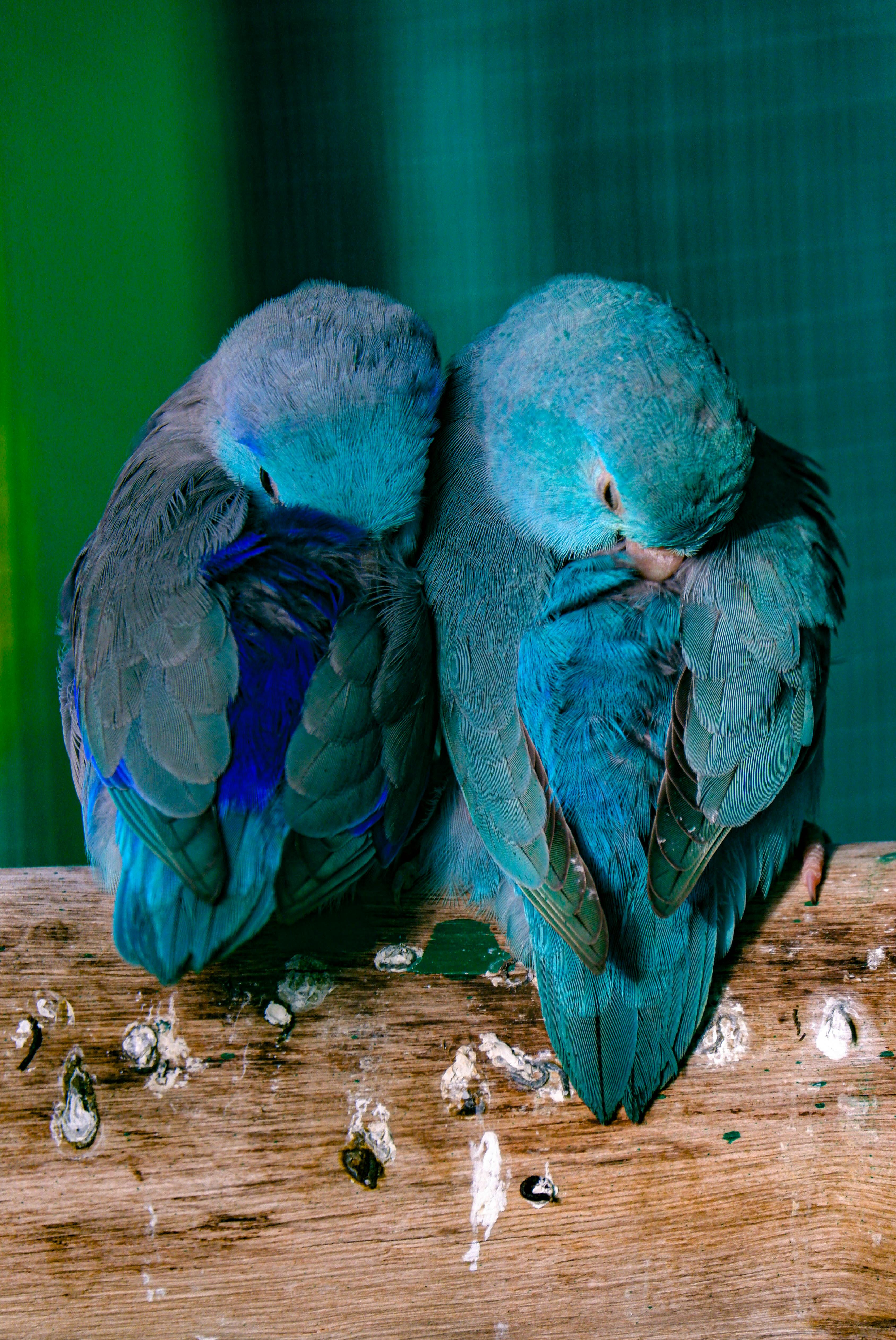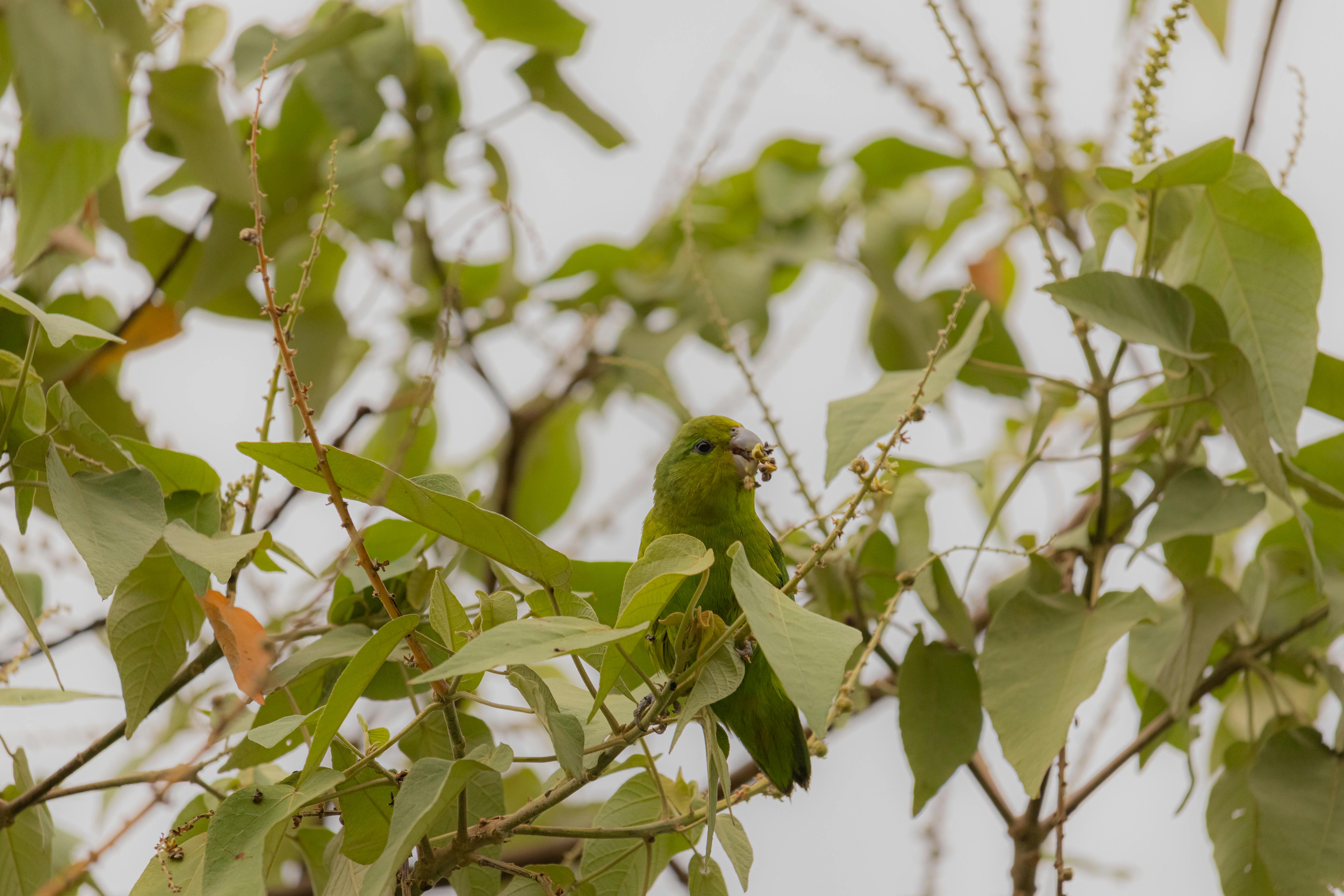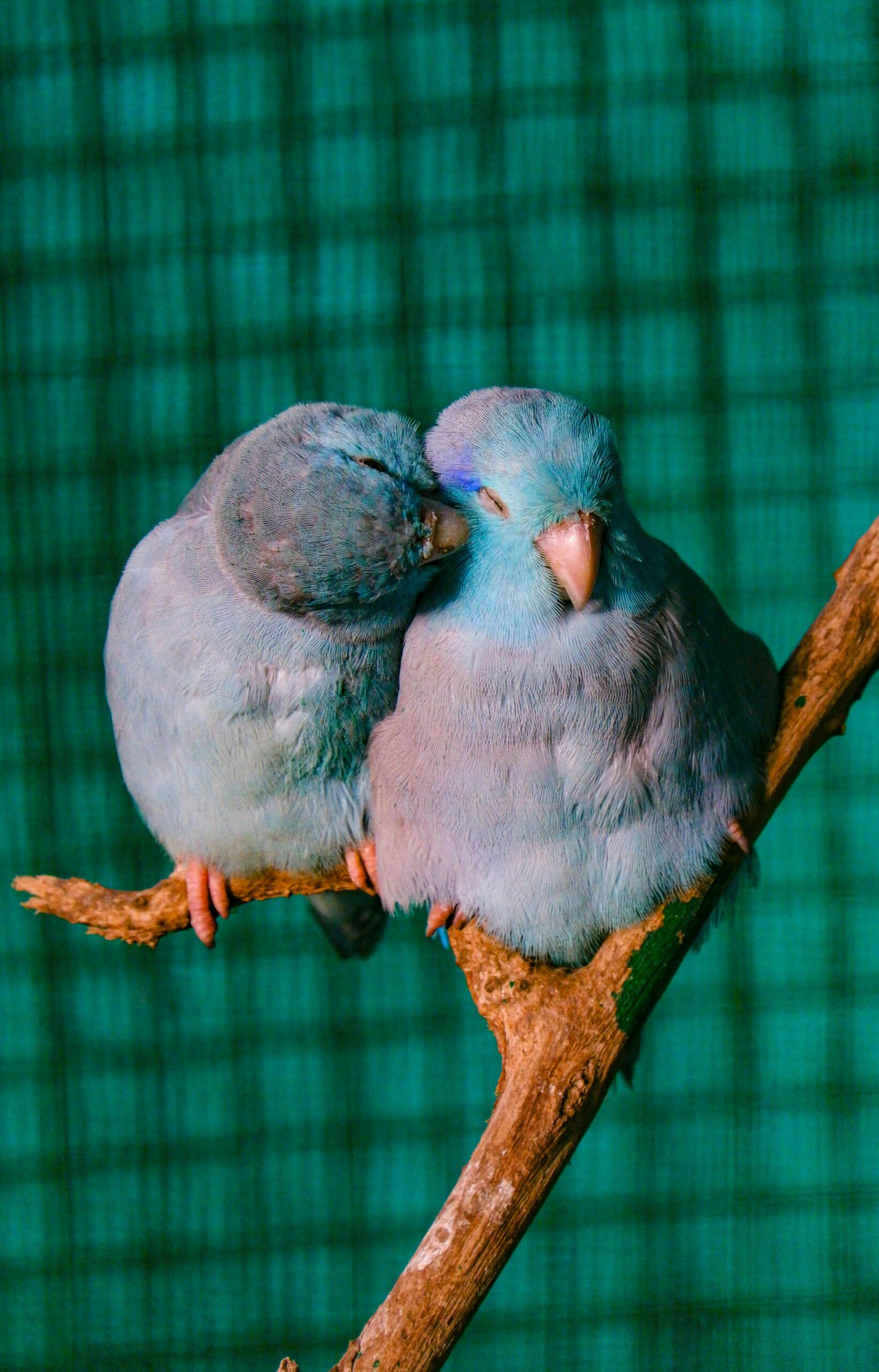Smart Ways to Train Your Parrotlet for Effective Communication in 2025
Parrotlets are small yet intelligent birds that can make wonderful companions. They’re renowned for their engaging personalities and ability to communicate. Training your parrotlet for effective communication not only enhances your bond with them but also enriches their lives, providing mental stimulation and emotional support. Understanding parrotlet care is essential, as each breed has unique characteristics and needs. In this article, we’ll explore a roadmap to successfully train your parrotlet, including the best techniques for fostering communication, what to expect as they develop their skills, and how to address common training challenges. By the end, you’ll have actionable tips to nurture your parrotlet’s communication and strengthen your relationship with them.

Essential Techniques for Parrotlet Training
Training your parrotlet requires patience and consistency. As you embark on this journey, it’s important to understand the fundamental techniques that will set the foundation for effective communication. Building on these fundamentals will help your parrotlet thrive in an engaging environment.
Understanding Parrotlet Behavior
Parrotlet behavior is key to effective training. By observing their natural instincts and reactions, you can tailor your training methods. Parrotlets are social creatures, often displaying curiosity and playfulness. Recognizing their personality traits will help you communicate effectively with them. For example, when they show excitement or curiosity, use these moments to introduce new commands or tricks.
Positive Reinforcement Techniques
Positive reinforcement is one of the most effective parrotlet training tips. Rewarding desired behaviors with treats, praise, or extra playtime encourages your bird to repeat those behaviors. Start with simple commands like “step up” or “come here.” Always use a calm voice and gentle hand movements, ensuring that your parrotlet feels safe and secure during training sessions.
Using Vocal Cues and Sounds
Parrotlets are known for their curious nature and ability to mimic sounds. To encourage vocal communication, introduce specific sounds or words during training. For instance, saying “hello” each time your parrotlet interacts with you can make it more likely for them to mimic that sound. Consistency is key, so ensure that family members use the same verbal cues to reinforce learning.
Establishing a Routine
Establishing a routine helps your parrotlet understand what to expect during training sessions. It’s beneficial to conduct training activities at the same time each day, gradually increasing the duration as your bird becomes more comfortable. Consistency not only aids communication but also aligns with their natural rhythms, as parrotlets thrive in structured environments.
Creating an Engaging Environment for Training
Alongside direct training, creating an engaging environment is critical for fostering communication. A stimulating environment can include various toys, social interactions, and safe areas for flight. Taking this concept further will ensure your parrotlet remains happy and engaged, which in turn aids the training process.
Choosing the Right Parrotlet Toys
Parrotlet toys are more than just playthings; they are crucial for mental stimulation. Interactive toys that encourage problem-solving can keep your parrotlet busy and entertained. Speaking of toys, look for options that promote foraging behavior, as seeking out hidden treats encourages natural instincts and enhances learning experiences.
Providing Adequate Floor Time
Floor time allows your parrotlet to explore their surroundings while under supervision. This form of exercise is essential for their physical and mental health. Parrotlets enjoy climbing and investigating their environment, which can significantly contribute to their sociability and communication skills as they learn about the world around them.
Socialization Opportunities
Parrotlets benefit greatly from social interaction, whether with humans or other pets. Introduce your parrotlet to family members gradually, allowing them to become accustomed to new voices and scents. This naturally leads us to the importance of bonding, as strong relationships enhance their willingness to communicate effectively.
Training Challenges and Solutions
No training journey is without challenges. Understanding common parrotlet problems can prepare you for potential hurdles along the way. Addressing these issues promptly can prevent regression in their communication skills.
Dealing with Anxiety During Training
Some parrotlets may exhibit signs of anxiety when introduced to training. This might manifest as squawking, flapping, or hiding. To alleviate anxiety, ensure that training sessions are short and focused on positive experiences. Gradually increase the complexity of tasks as your parrotlet gains confidence, celebrating every small success.
Recognizing Signs of Frustration
When training, your parrotlet may become frustrated if they struggle to grasp commands. It’s essential to recognize these signs, which include aggressive squawking or biting. If frustration sets in, take a step back and simplify training tasks. Shift the focus to something they can enjoy, such as playtime or free exploration.
Maintaining Consistency in Commands
Inconsistent commands can confuse your parrotlet, leading to frustration for both of you. Ensure everyone in the household uses the same terms when interacting with the bird. This consistency not only boosts understanding but also fosters a solid foundation for improved communication.

Enhancing Communication Through Enrichment
Enrichment plays a vital role in parrotlet care, supporting their physical and psychological needs while promoting effective communication. Incorporating enrichment activities into your parrotlet’s daily routine can transform their training experience.
Interactive Activities for Development
Consider setting up interactive activities that encourage engagement. These can range from training sessions that include retrieval games to puzzles that require problem-solving. Regular interaction with these activities will help your parrotlet develop communication skills organically as they learn to associate actions with outcomes.
Using Social Media for Inspiration
Social media platforms are excellent resources for pet owners looking for innovative training methods. Following parrotlet experts or enthusiasts can provide valuable insights and tips on the latest trends in bird training. These platforms can also connect you with supportive communities that can share experiences and advice related to parrotlet care and training.
Monitoring Parrotlet Health for Better Learning
A healthy parrotlet is more likely to be engaged and responsive during training. Regular vet check-ups and understanding your parrotlet’s nutritional needs are fundamental to their overall well-being. Ensure your parrotlet receives a balanced diet to support their physical and cognitive development, which in turn enhances their communication abilities.
FAQs About Parrotlet Training and Communication
What are the best parrotlet training tips for beginners?
Start with simple commands using positive reinforcement and establish a routine. Consistency in commands and rewarding successful behaviors can significantly improve the training process.
How long does it take for a parrotlet to learn to talk?
While some parrotlets may take longer than others, with consistent training and encouragement, many can start mimicking words within a few weeks to months. The key is patience and repetition.
What if my parrotlet refuses to engage during training?
If your parrotlet seems disinterested, try adjusting the training environment. Ensure it is calm and free from distractions. Alternatively, incorporate playtime or move to a more engaging setting for training sessions.
Can I train my parrotlet to do tricks?
Absolutely! Using positive reinforcement, you can teach your parrotlet a variety of tricks such as spinning or waving. Start with basic commands and gradually build upon them as they master each skill.
How can I ensure my parrotlet remains mentally stimulated?
Providing a variety of toys, engaging activities, and social interaction can maintain their mental engagement. Consider rotating toys to prevent boredom and actively participate in playtime.
